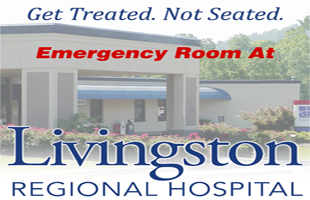Prom night is a major milestone for many high schoolers, but amidst the fun, parents should consider talking with their kids about safety as well.
Teen drinking has long been associated with prom night, but experts say that the risks that come with it far outweigh a single night of entertainment. Director of Cumberland Prevention Coalition Holly Kisly said that parents need to have the “hard talk” with their kids about drinking and its dangers.
“People are going to do higher risk behaviors, they’re going to have less ability to assess situation and judge them appropriately, but there’s also a long-term effect. The more you drink, the more you impact the area of the brain, the less the brain is able to re-adapt and understand,” said Kisly.
In recent years, Kisly said there has been an increase in what she calls “social hosting.” This is where parents are hosting a party where they know their children are drinking, but allow it because they know where their children are and can keep them safe. That option may be appealing because it allows your children to partake in the revelry while also keeping tabs on them. Kisly warns parents to re-think that idea.
“It’s not inhibiting kids, it’s protecting them. So if parents disregard the laws that are actually put in place, what kind of message are they sending to their kids? How would children then be able to tell whether a law was good or bad,” said Kisly.
Not only is underage drinking a danger to kids, it can be a danger to the community as well. According to the National Highway Traffic Safety Administration, one person dies every 52 minutes from drunk-driving accidents. In addition to physical consequences, parents should consider the legal consequences as well. Kisly said that Crossville’s police chief reported to her that during prom time, there is a big increase in citations.
The most important thing parents need to remember, is that prom night can be fun and momentous without putting their children at risk. Kisly said to keep your kids and the community safe, have clear communications with your children about their health and safety.
 News Talk 94.1/AM 1600 Where The Upper Cumberland Talks
News Talk 94.1/AM 1600 Where The Upper Cumberland Talks




